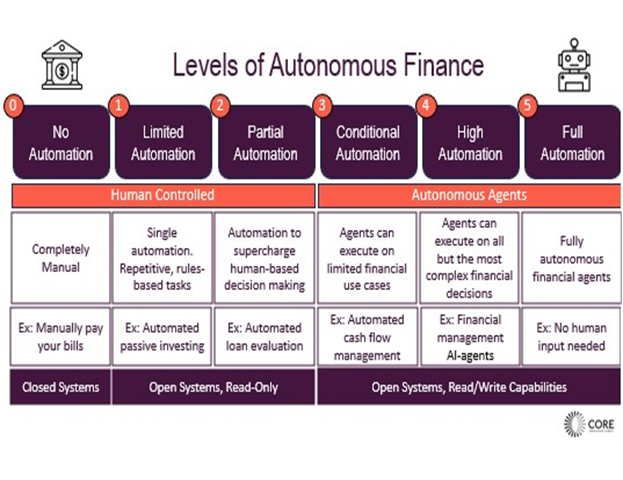By 2035, for the first time in American history, the number of older adults will exceed the number of children. They will live longer than ever before. That’s great, except 80% of working-age households have less than one year of their annual income in retirement savings. 40% of people entering retirement have no retirement savings at all (outside Social Security). This is a problem.
Social Security, while actually an incredible program, doesn’t do the trick. It’s got $2.9 trillion in its trust which will be depleted by 2035. It’s too popular to be killed, but it will require either a big payroll tax hike or a major reduction in benefits to stay in business. Given the lack of retirement readiness, I would guess a benefit reduction is not a real option. But given the worsening ratio of workers to retirees, a benefit increase seems unlikely: just too expensive. The average benefit today is $18K per year. Poverty income is $17K for a household of two. I’m going to assume that Social Security survives and provides a cushion just around poverty levels.
But this floor is only good enough for poverty level subsistence. So how are people going to actually retire? There’s approximately $35 trillion in retirement assets outside of Social Security, $19 trillion of that in pensions. For decades, private and public pensions were the primary contributor to retirement income. Employers traded loyalty with economic security. Pension plans, so-called defined benefit plans, generously offered variations of “50% of your income until you die after 25 years of service.” Turned out, too generous.
Over the past 30 years, driven by globalism, mismanagement, over-promises and shareholder primacy, the retirement industry has shifted almost entirely from defined benefit to defined contribution. Enter the 401(k). Employers prefer them for being virtually cost free. Employees can contribute pre-tax. Fidelity, Vanguard et al. provide low-cost funds, and employees are funding 401(k)’s like it’s 1999.
A new generation of startups have markedly improved the company and employee experience — a trend I did not call — thanks to the likes of Vestwell, Human Interest, and ForUsAll. But despite the innovation and efficiencies of these defined contribution programs, 401(k)’s suffer from three big challenges: it’s unclear how long they should last (what the industry lovingly calls “decumulation”), they’re leaky, and they’re poorly invested.
Decumulation sounds like some boring insurance arcana, but it’s actually super interesting. Basically, we all work really hard. Many — but notably not nearly enough of us — put some money away for retirement. Then when we’re 65 and we check out the nest egg we’ve assembled, say $500K, we’re stuck with the difficult decision of how long we need to make it last. Will you live to 85 or 105? That’s 2x difference per month, not considering healthcare expenses, which typically spike in the last throes of life. People are sold annuities to deal with this, and that’s part of the problem. They are sold. Because annuities are super complex, those who explain them don’t sell that many and still need to put food on the table. Ergo, they’re expensive. Some arguably predatory. This presents a huge opportunity for technology.
Did I mention that 40% of Americans turn 65 years old without any retirement savings (outside of Social Security)?
401(k)’s are leaky. People change jobs more frequently, and 401(k)’s aren’t portable (they don’t move with you from job to job). Over 25 million 401(k) accounts are “orphaned.” People borrow from their 401(k) all the time — at a huge cost to their future selves if they don’t repay.
In their short and excellent book, Rescuing Retirement, Teresa Ghilarducci and Blackstone’s Tony James make the point that 401(k)’s also suffer from being poorly invested, basically because people don’t know what they’re doing. A Vanguard executive told me recently that 90% of 401(k) assets are in time-dated funds, so it’s not clear how big of a problem this is. The Financial Engines of the world also try to help people optimize how their retirement assets are invested. Still, most can’t participate in high-yield, illiquid investments. But while Rocket Dollar lets users break the mold here, most pick from a dozen mutual funds they don’t know how to choose between.
The healthcare industry is shifting from defined contribution to defined benefit, on the basis that we should care mostly about results. It’s not an easy journey, and contradicts consumers’ increasing desire for control, but I believe this is where retirement will shift back to, as our self-directed solutions prove inadequate and those who are left out will present too great a cost on society.




